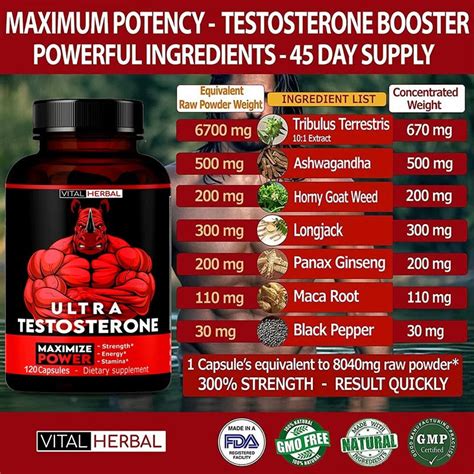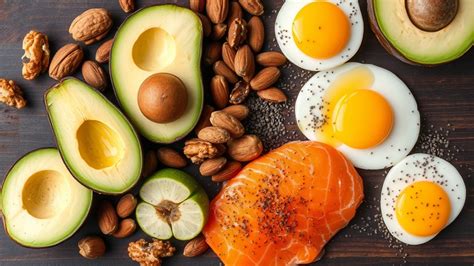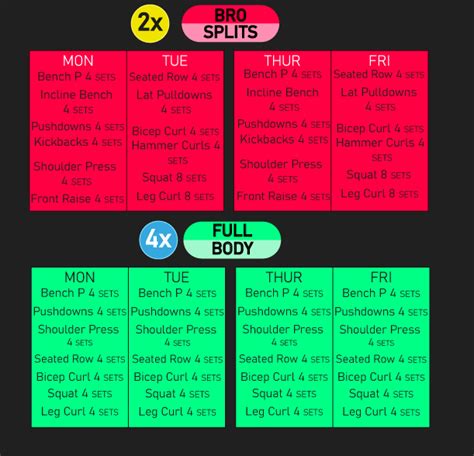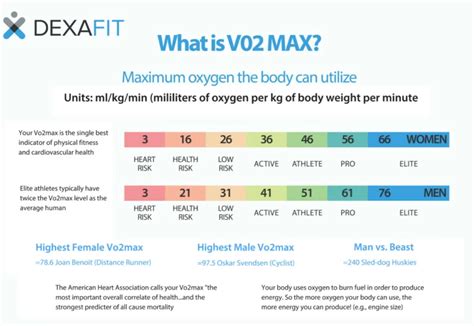How do peak performers optimize workout recovery to prevent burnout and boost gains?

In the relentless pursuit of athletic excellence, the spotlight often falls on intense training sessions and groundbreaking workout methodologies. However, true peak performers understand that gains aren’t made in the gym alone; they’re solidified during recovery. For elite athletes and dedicated fitness enthusiasts alike, optimizing post-workout recovery is not merely a suggestion—it’s a non-negotiable strategy to prevent burnout, accelerate muscle repair, and unlock sustained performance improvements. It’s the secret sauce that allows them to push harder, recover faster, and consistently elevate their game.
The Science of Recovery: Why It Matters
Workout recovery is a complex physiological process encompassing much more than just resting tired muscles. During intense exercise, muscle fibers undergo microscopic damage, glycogen stores are depleted, and the central nervous system is fatigued. The body’s ability to repair, rebuild, and adapt to these stressors is what ultimately leads to increased strength, endurance, and hypertrophy. Insufficient recovery, conversely, can lead to overtraining, weakened immune function, hormonal imbalances, and—critically—burnout, derailing progress and jeopardizing long-term health.
Pillars of Elite Recovery
Peak performers don’t leave recovery to chance. They implement a multi-faceted approach, treating recovery with the same diligence as their training.
1. Prioritizing Sleep: The Ultimate Anabolic State
Sleep is arguably the most powerful recovery tool available. During deep sleep (non-REM stages), the body releases growth hormone, essential for muscle repair and regeneration. REM sleep, on the other hand, is crucial for cognitive function and nervous system recovery, which is vital for maintaining focus and coordination during training. Elite athletes aim for 7-9 hours of high-quality sleep nightly, recognizing it as their primary opportunity for physiological and psychological restoration. They often cultivate strict sleep hygiene, including consistent bedtimes, dark and cool environments, and limiting screen exposure before bed.

2. Precision Nutrition: Fueling Repair and Growth
What peak performers eat, and when they eat it, is meticulously planned to support recovery.
- Protein Intake: Adequate protein (e.g., 1.6-2.2g per kg of body weight) is fundamental for muscle protein synthesis, providing the amino acid building blocks for repair and growth. Spreading protein intake throughout the day, including a pre-sleep protein source, is a common strategy.
- Complex Carbohydrates: Post-workout, replenishing glycogen stores with complex carbohydrates is crucial for energy restoration, preventing muscle breakdown, and supporting the immune system.
- Healthy Fats: Essential fatty acids play a role in reducing inflammation and hormone production.
- Micronutrients: Vitamins and minerals are vital cofactors in countless recovery processes, from energy metabolism to immune function.
- Hydration: Maintaining optimal hydration before, during, and after workouts is critical for nutrient transport, temperature regulation, and joint lubrication. Electrolyte replenishment is also key, especially after intense or prolonged sessions.

3. Active Recovery & Mobility: Beyond Rest Days
True rest days are important, but active recovery plays a significant role in accelerating the process. Light activity, such as walking, cycling at a low intensity, or swimming, promotes blood flow, which helps deliver nutrients to damaged tissues and flush out metabolic byproducts. Mobility work, including stretching, foam rolling, and dynamic movements, helps maintain range of motion, alleviate muscle soreness, and prevent stiffness. Some athletes also integrate practices like massage, cold plunges, or sauna sessions to further enhance recovery.
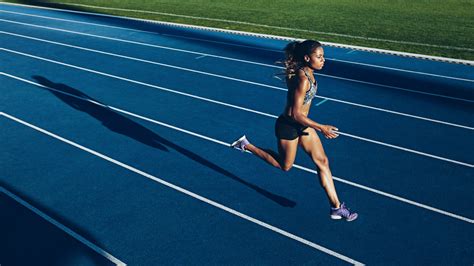
4. Strategic Stress Management: A Holistic Approach
Physical training is a stressor, but so are professional demands, personal life, and mental pressures. Peak performers understand that chronic, unmanaged stress elevates cortisol levels, which can hinder recovery, impair muscle growth, and lead to mental burnout. They integrate mindfulness practices, meditation, deep breathing exercises, and ensure sufficient leisure time to decompress. Scheduling “deload” weeks—periods of reduced training volume and intensity—is also a strategic form of recovery that allows both the body and mind to recharge, preventing overtraining and supercharging subsequent progress.

5. Smart Supplementation & Biofeedback
While a whole-food diet is paramount, certain supplements can complement a recovery strategy. Creatine, for instance, supports ATP regeneration, while specific branched-chain amino acids (BCAAs) or whey protein can aid muscle protein synthesis. Adaptogens might be used to help the body manage stress. Crucially, peak performers also leverage biofeedback tools like heart rate variability (HRV) monitors to gauge their nervous system’s recovery status, allowing them to adjust training intensity or prioritize rest based on objective data rather than just perceived fatigue. This personalized approach ensures recovery protocols are dynamic and responsive to their body’s unique needs.

Preventing Burnout and Sustaining Gains
The integrated approach to recovery adopted by peak performers creates a virtuous cycle. By consistently optimizing sleep, nutrition, active recovery, and stress management, they minimize the physiological and psychological toll of intense training. This proactive strategy prevents the cumulative fatigue that leads to burnout, allowing them to maintain high training volumes and intensities over long periods. More importantly, it ensures their bodies are always primed for adaptation, leading to consistent strength gains, improved endurance, and a sustained capacity to perform at their absolute best.
True mastery in any physical discipline isn’t solely about the effort exerted, but also the intelligence applied to restoration. For peak performers, workout recovery is a finely tuned art and science—a critical component of their success formula. By diligently implementing these comprehensive recovery strategies, they not only prevent burnout but continually lay the foundation for unprecedented gains, proving that sometimes, the most effective way to push forward is to strategically pull back and recover.

